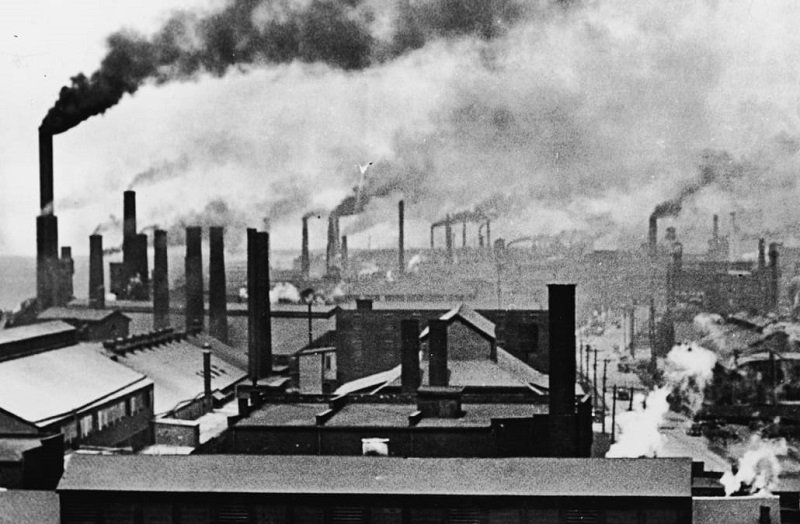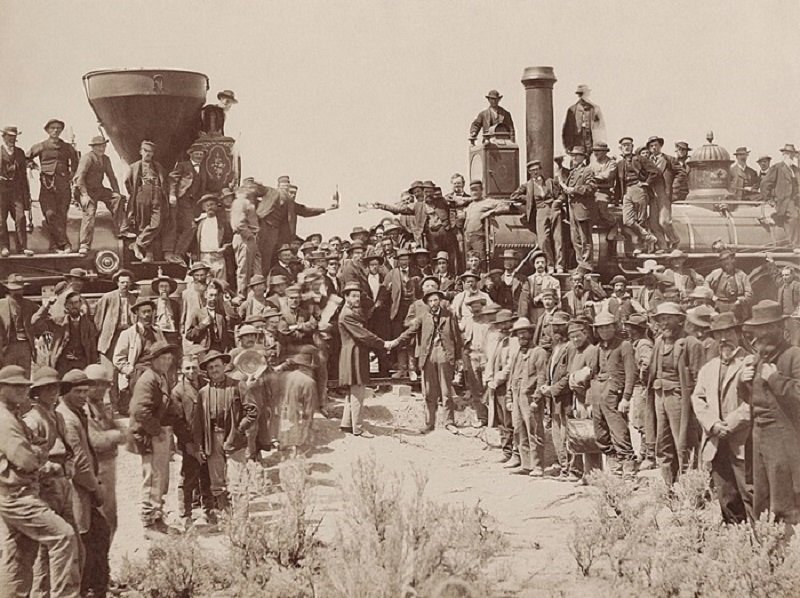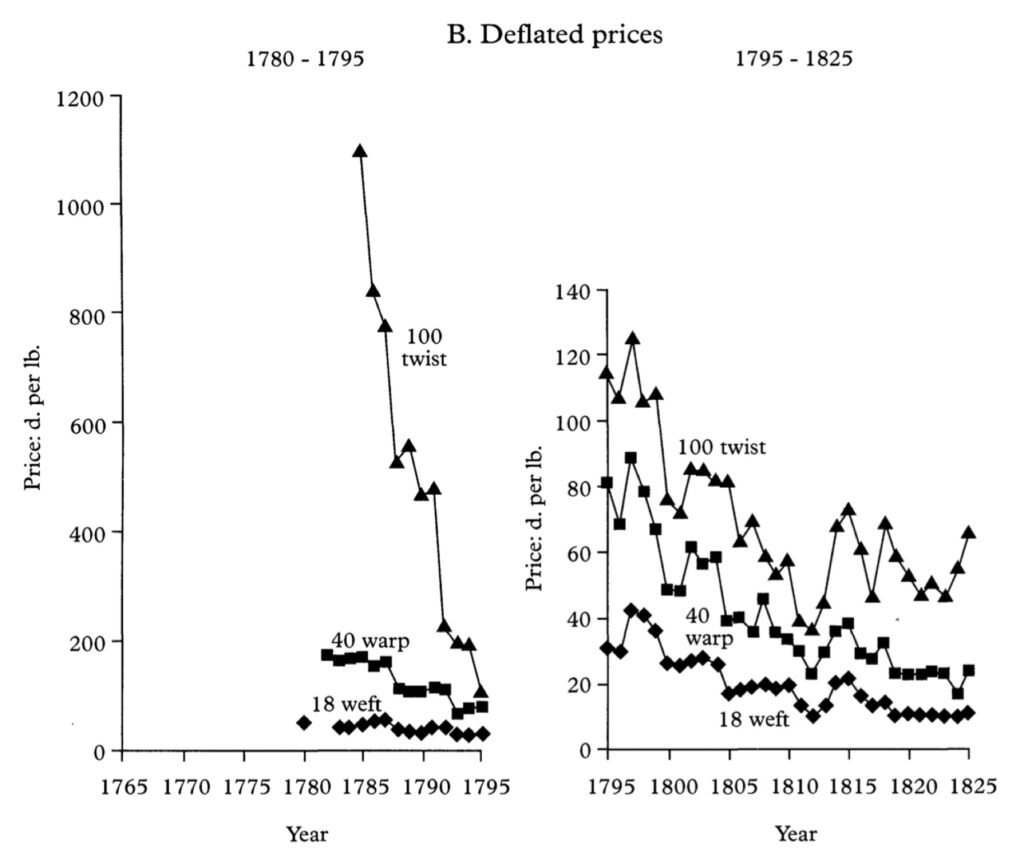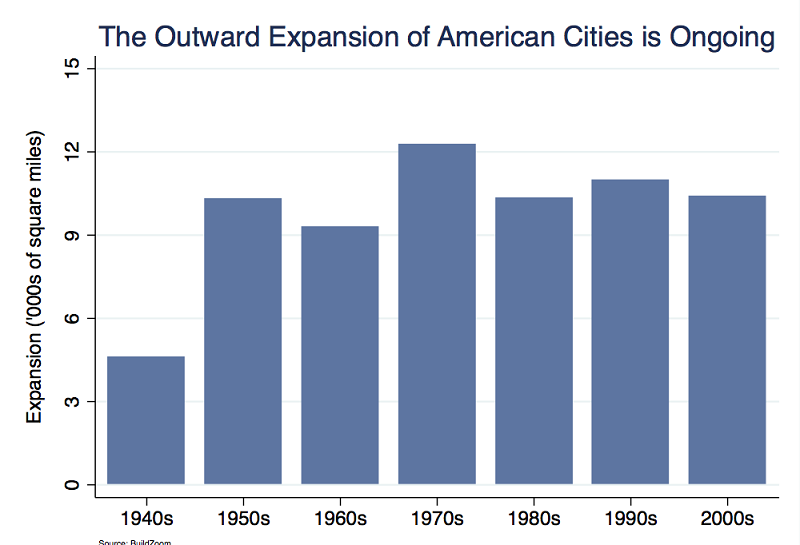The history of the United States has been heavily shaped by industry. Industrialization was a key factor in the country’s rise to global economic and political power, providing jobs and wealth for millions of people. The Industrial Revolution saw massive advances in technology, turning manual labor into mechanized production. This allowed factories to rapidly expand their output with fewer workers. This had a profound effect on the U.S. economy: it increased productivity, decreased prices, and provided unprecedented opportunities for employment.
See also: Exploring the Factors Contributing to Racial Divisions in America
 The impact of industry was particularly pronounced in the development of transportation infrastructure. The growth of waterways, railways, and roads powered by steam engines allowed goods to be quickly transported across large distances. This enabled the growth of national markets and allowed new products to be rapidly distributed. The rise in infrastructure also enabled the expansion of cities across the United States.
The impact of industry was particularly pronounced in the development of transportation infrastructure. The growth of waterways, railways, and roads powered by steam engines allowed goods to be quickly transported across large distances. This enabled the growth of national markets and allowed new products to be rapidly distributed. The rise in infrastructure also enabled the expansion of cities across the United States.
Industrial Revolution & its Effects on U.S History
The Industrial Revolution was a period of far-reaching economic, social, and technological change in the United States that began in the late 1700s. During this time, new manufacturing technologies drove an increase in industrial productivity and helped to create a more prosperous, industrialized nation. The introduction of steam power made it possible for machines to be powered by coal and other fuels, replacing manual labor and enabling mass production. This revolutionized the industry, allowing factories to produce goods much more quickly than ever before.
You may also like: Women and Their Contributions to American Industry

The effects of the Industrial Revolution were felt across the United States in different ways. In the North, industrialization brought a period of tremendous economic growth as businesses invested heavily in new technologies and expanded their production capacity. In the South, cotton became one of the most important crops; as a result, slavery and involuntary servitude experienced a resurgence to keep up with the increased demand for labor. The development of new transportation networks, such as canals and railroad lines, allowed businesses to more easily move goods
Industrialization Increased Productivity, Decreased Prices, & Provided Unprecedented Opportunities for Employment
The Industrial Revolution had a profound impact on the United States economy. It increased productivity, decreased prices, and provided unprecedented opportunities for employment. This was due to advances in technology which allowed factories to rapidly expand their output with fewer workers. The introduction of steam power further revolutionized the industry by allowing machines to be powered by coal and other fuels, replacing manual labor and enabling mass production. With this new technology came an increase in infrastructure such as canals and railways that enabled businesses to move goods across large distances. These developments created a booming economy with lower prices and greater job opportunities than ever before.

The Role of Transportation Infrastructure in Driving Economic Growth
The development of transportation networks was a crucial factor in driving economic growth during the Industrial Revolution. Railways, canals, and other infrastructure allowed goods to be quickly and easily transported.
See also: The Evolution of Women’s Rights in U.S History
This enabled businesses to expand their operations and increase production capacity. This increased productivity helped fuel economic growth as lower prices meant more people could purchase goods and services. At the same time, the development of transportation networks created unprecedented job opportunities, providing a way for people to move out of rural areas and into urban ones where they could find work in factories or other industries. By allowing businesses to move goods more easily and quickly across large distances, transportation infrastructure was one of the driving forces behind economic growth during this period. It laid the foundation for the United States to become a global economic superpower, with vast transportation networks allowing it to move goods and services around the world. Transportation infrastructure also played a pivotal role in the growth of cities, allowing them to expand and become centers of commerce and culture.
Expansion of Cities across the United States due to Improved Transportation Networks
The expansion of cities across the United States was largely due to the improved transportation networks. This allowed businesses to transport goods over larger distances, which in turn led to increased economic activity and job opportunities. The development of railway lines between cities enabled people to migrate from rural areas to urban ones for work, thus creating a large influx of people into those cities. This increased demand for housing and services drove further urban expansion. Additionally, with faster transportation times, communication and trade between cities became simpler and easier, fueling growth even further. Thus, with their newfound mobility enabled by improved transportation networks, U.S. cities began to rapidly expand during the Industrial Revolution period as more people sought out new opportunities in these rapidly growing metropolitan areas. This highlights just how significant transportation networks are to the growth and development of cities, as they can provide the mobility that is necessary for commerce and communication. These improved transportation networks continue to be essential for the functioning of modern cities and are a key factor in driving economic growth.

Impact of Industry on Labor Markets and Wages
The economy of the United States underwent a drastic transformation during the Industrial Revolution. With the introduction of new technologies and the development of transportation networks, businesses were able to significantly increase their productivity. This led to an explosion in factory production, which created job opportunities for thousands of people. However, these jobs often paid low wages and were fraught with dangerous working conditions that put many workers at risk. As factories grew more powerful, they began to exert greater control over labor markets and wages, driving down wages and making it difficult for workers to negotiate better terms. Despite this reality, industrialization was still seen as a way out of poverty for many people who had limited or no other options available to them. Although industrialization has created immense wealth for many states, its impact on labor markets and wages remains a contentious issue.

Conclusion
The Industrial Revolution has had a profound impact on the history of the United States. The introduction of new technologies and improved transportation networks created job opportunities for thousands of people and ushered in an era of unprecedented economic growth. However, this period also had its drawbacks, with increased inequality between those who own the industry and those who work within it. Nevertheless, industrialization remains one of the key drivers behind U.S. economic success since then, as it provided many people with better lifestyles, enabling them to pursue their dreams in cities that were rapidly expanding due to these newfound mobility capabilities. Today’s modern economy is still heavily influenced by industrialization – from global trade networks to technological advances – all thanks to the advances made during this period of American history